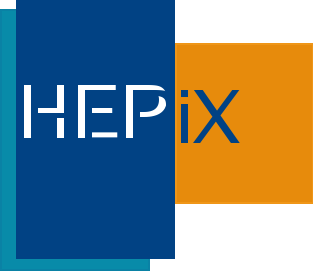The HEPiX Benchmarking Working Group has been relaunched in spring 2016. First tasks are:
-
Development and proposal of a fast benchmark to estimate the performance of the provided job slot (in traditional batch farms) or VM instance (in cloud environments)
-
Preliminary work for a successor of the HS06 benchmark
This talk provides a status report of the work done so far.
Big data is typically characterized by only a few features, such as Volume, Velocity and Variety. This is a simplification that overlooks many factors that affect the way data is used and managed, factors that can have a profound effect on the computing systems needed to serve different communities.
I compare the computing and data-management needs of the genomics domain with those of big...
Jefferson Lab recently installed a 200 node Knights Landing cluster, becoming an Intel® Parallel Computing Center. This talk will give an overview of the cluster installation and configuration, including its Omni-Path fabric, benchmarking, and integation with Lustre and NFS over Infiniband.
x86 processors have been the long-time leaders of the server market and x86_64 the uncontested target architecture for the development of High Energy Physics applications. Up until few years ago, interests in alternative architectures targeting server environments that could compete in terms of performance, power efficiency and total cost of ownership with x86 could not find any concrete...
We aim to build a software service for provisioning cloud-based computing resources that can be used to augment users’ existing, fixed resources and meet their batch job demands. This service must be designed to automate the delivery of compute resources (HTCondor execute nodes) to match user job demand in such a way that cloud-based resource utilization is high and, thus, cost per cpu-hour is...
The goal of the HTCondor team is to to develop, implement, deploy, and evaluate mechanisms
and policies that support High Throughput Computing (HTC) on large collections of distributively owned computing resources. Increasingly, the work performed by the HTCondor developers is being driven by its partnership with the High Energy Physics (HEP) community.
This talk will present recent changes...
NERSC is well known for its user friendly, large-scale computing environment. Along with the large Cray systems (Edison and Cori), NERSC also supports data intensive workflows of the Joint Genome Institute, HEP and material science community via its Genepool, PDSF and Matgen clusters. These clusters are all provisioned from a single backend cluster, Mendel. This talk will briefly outline the...
